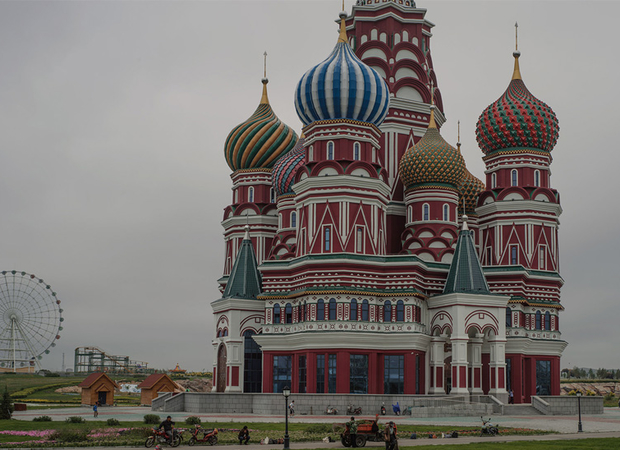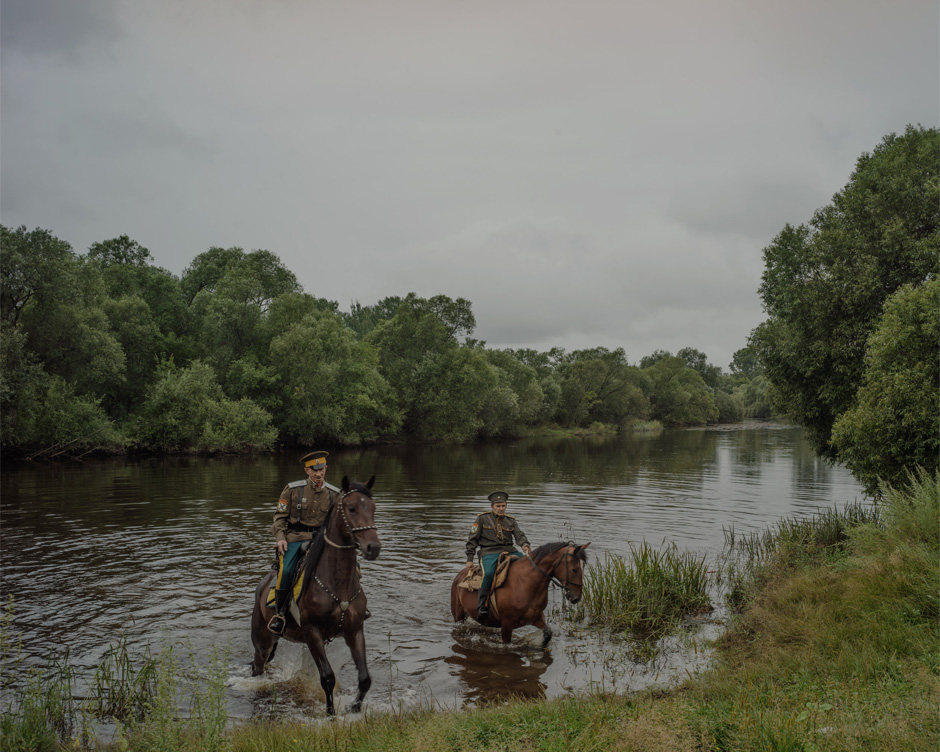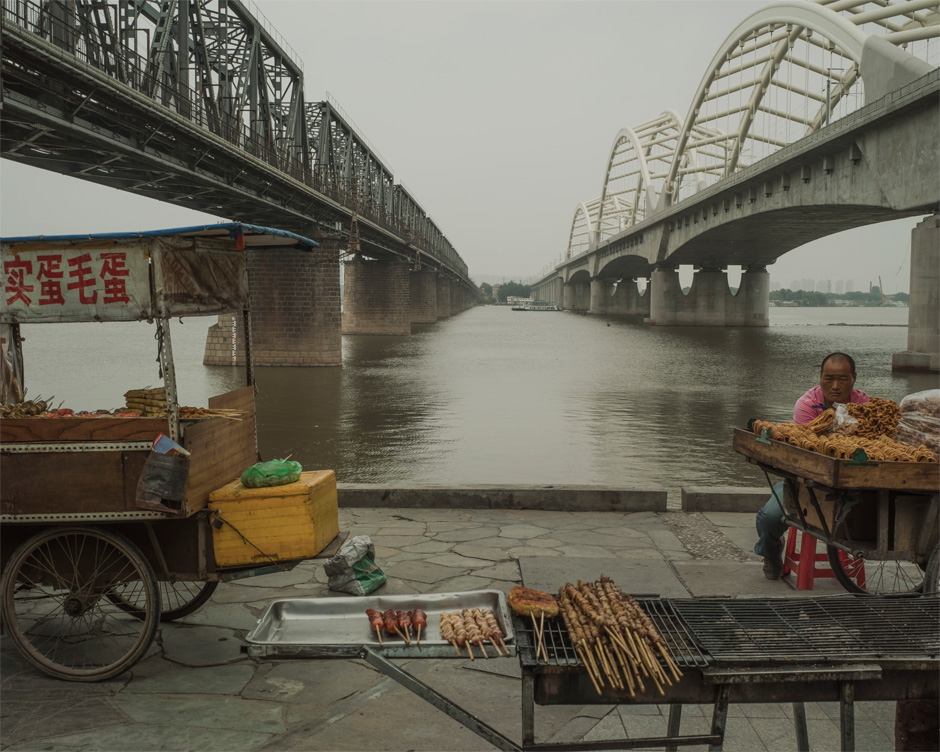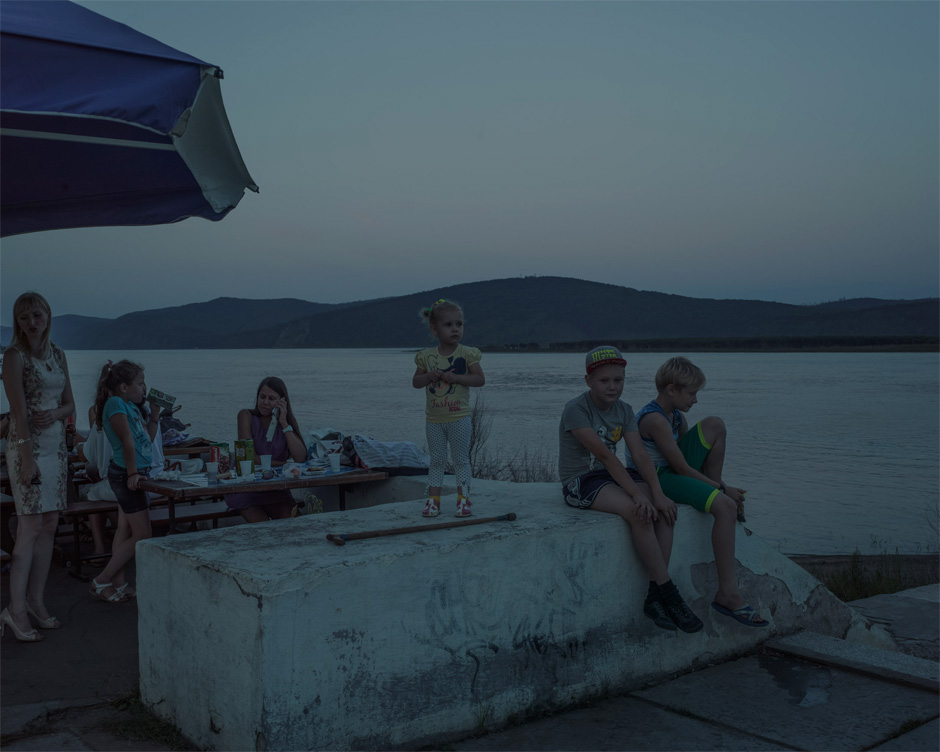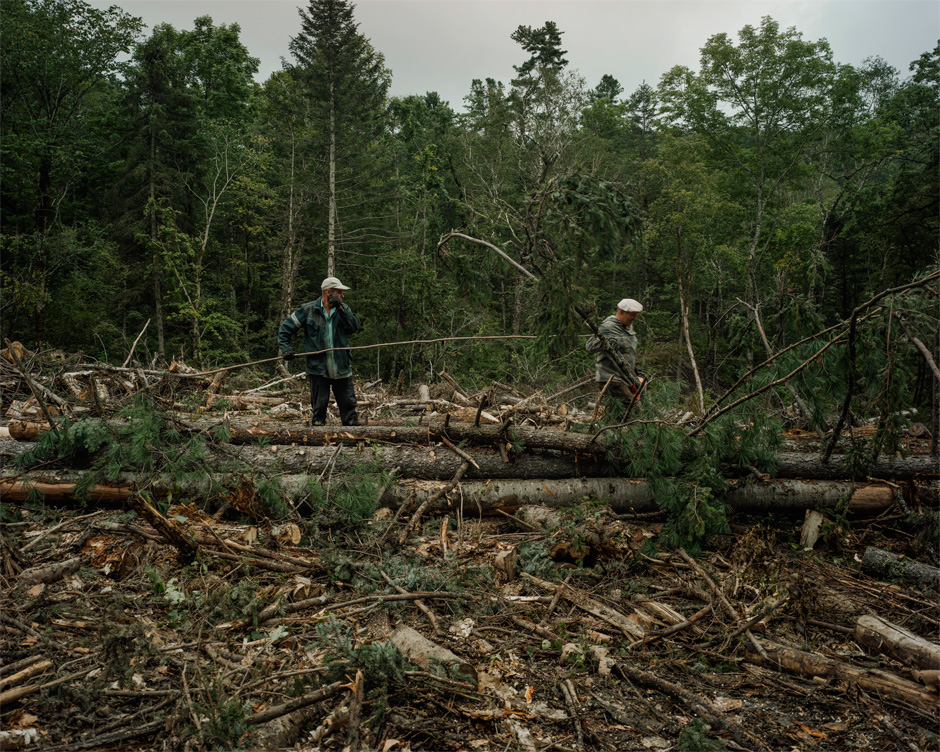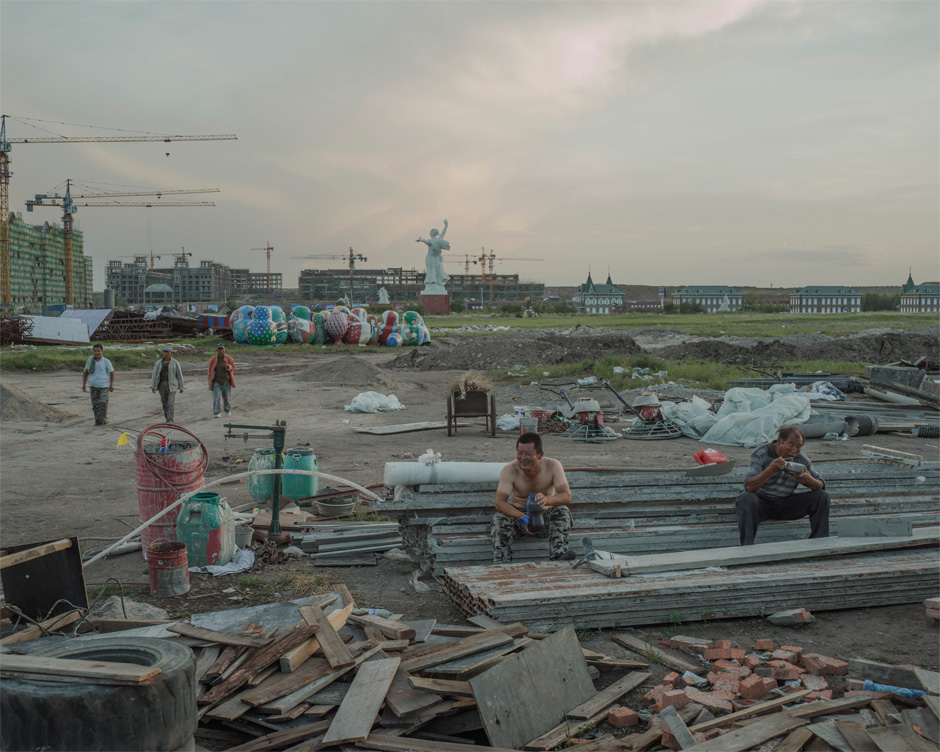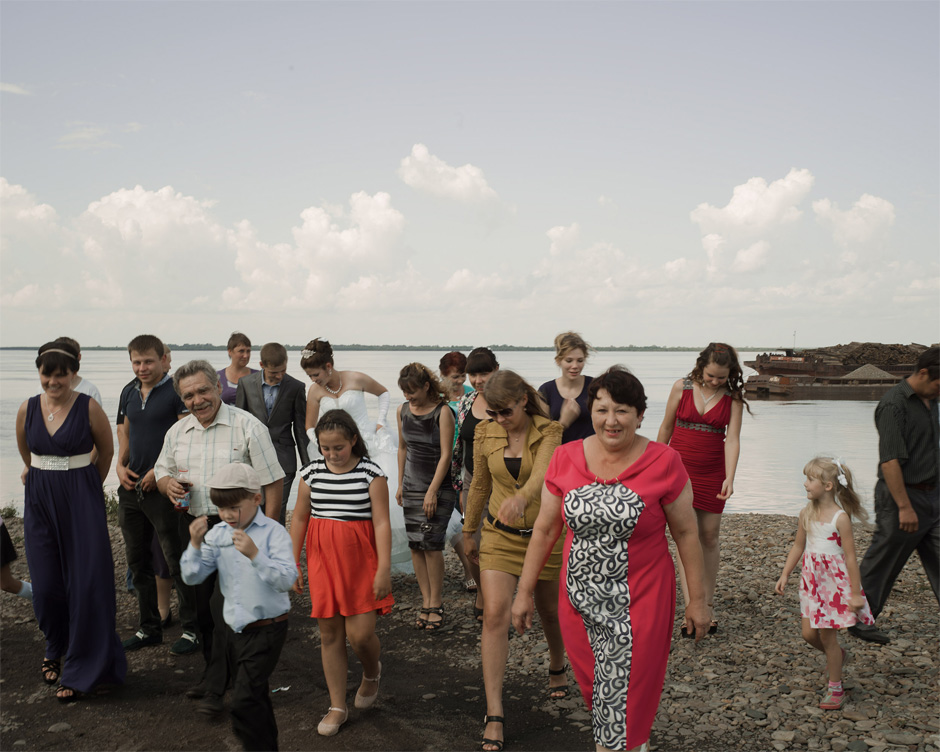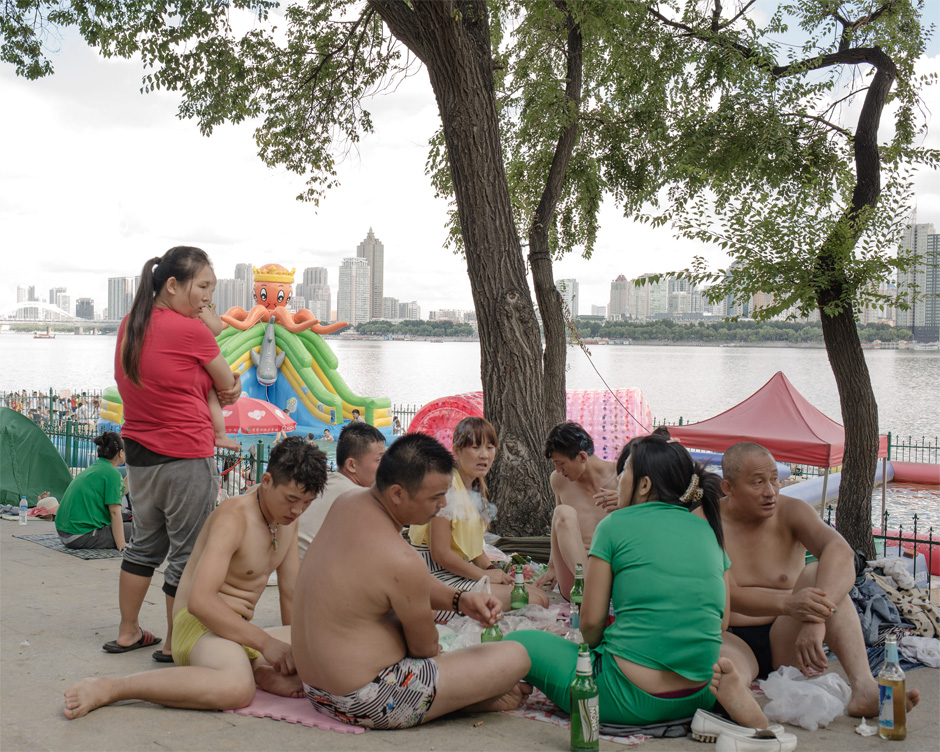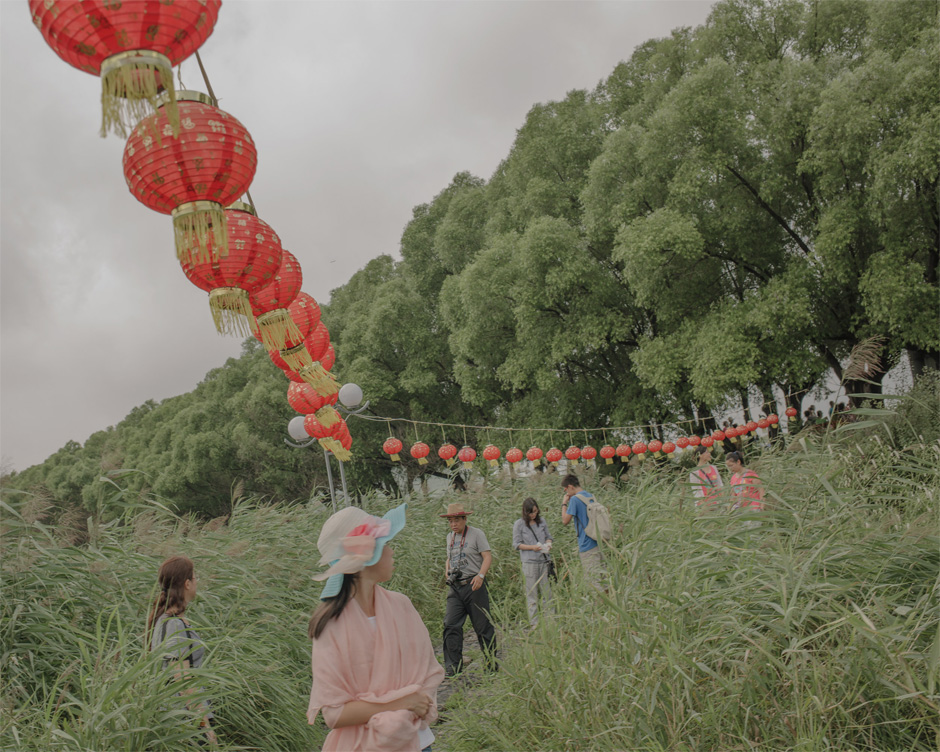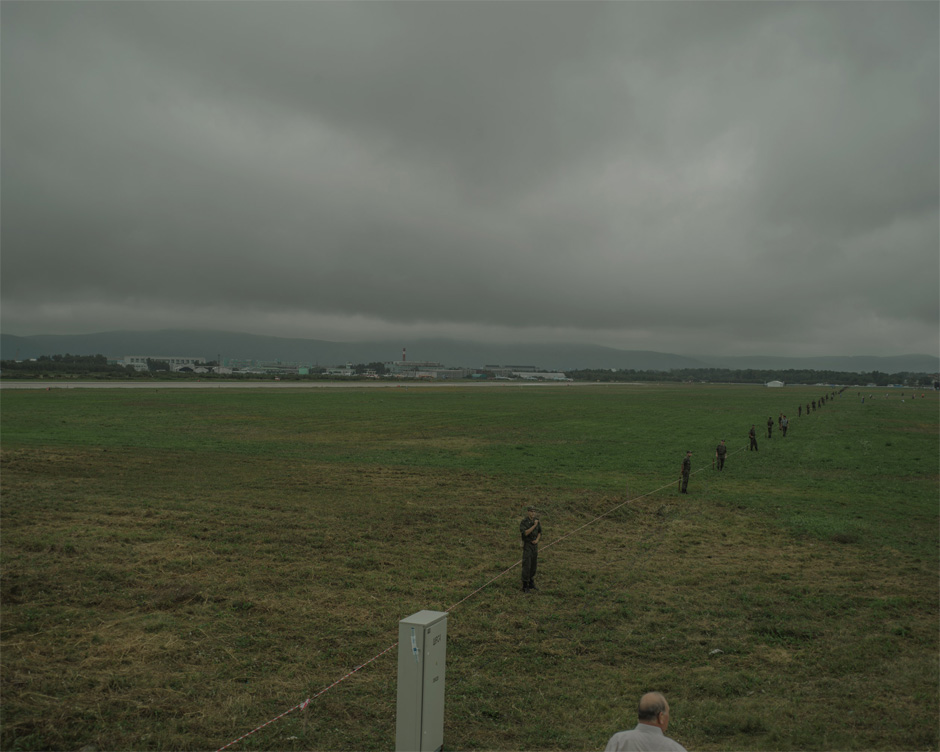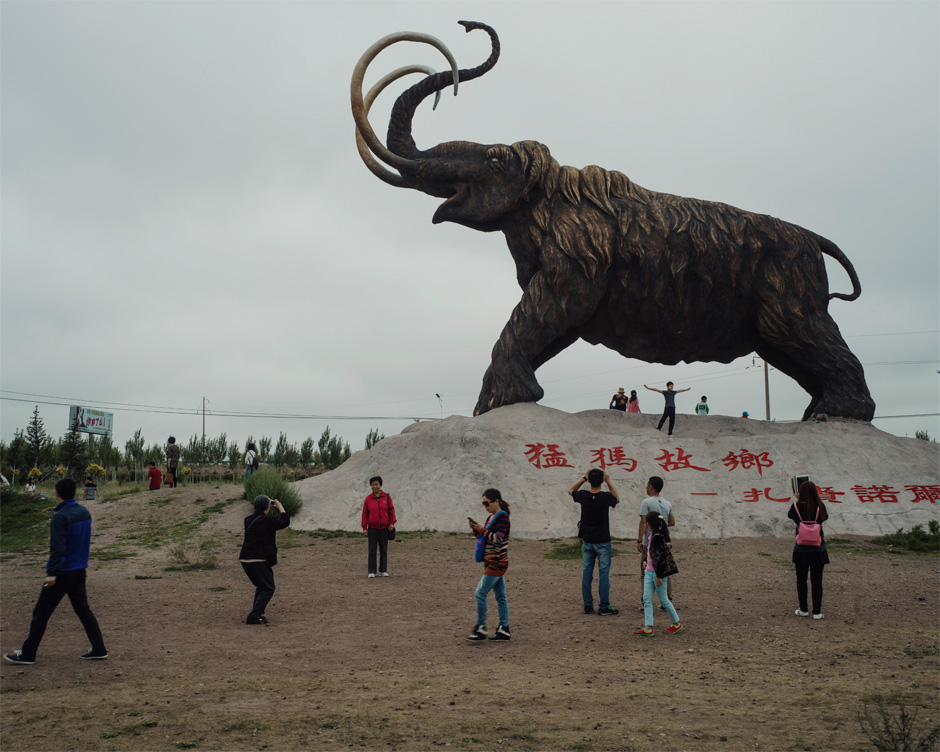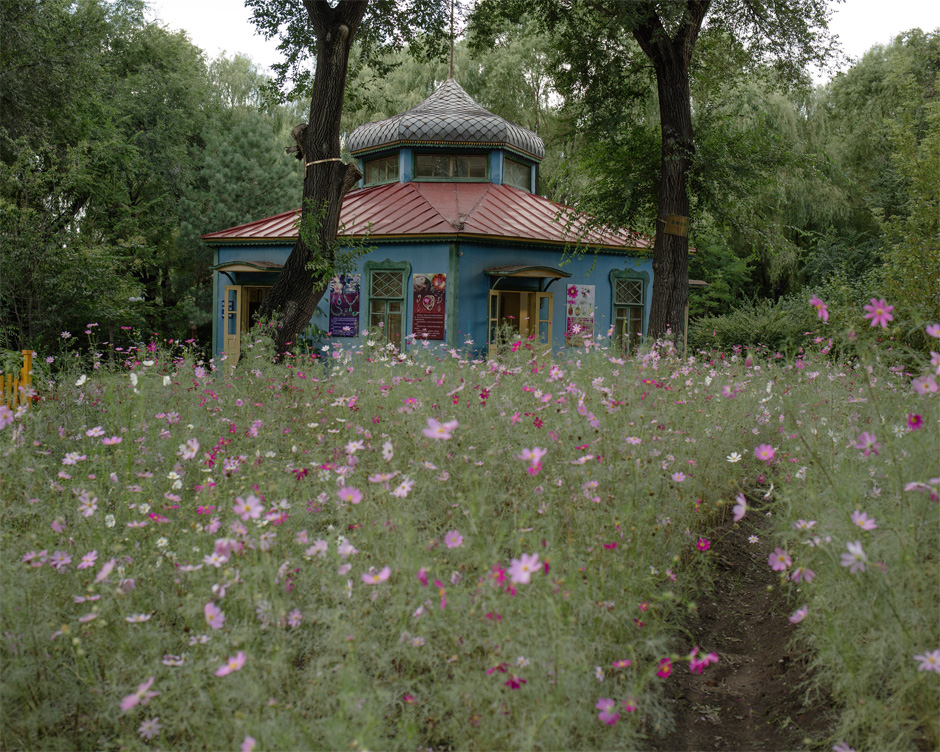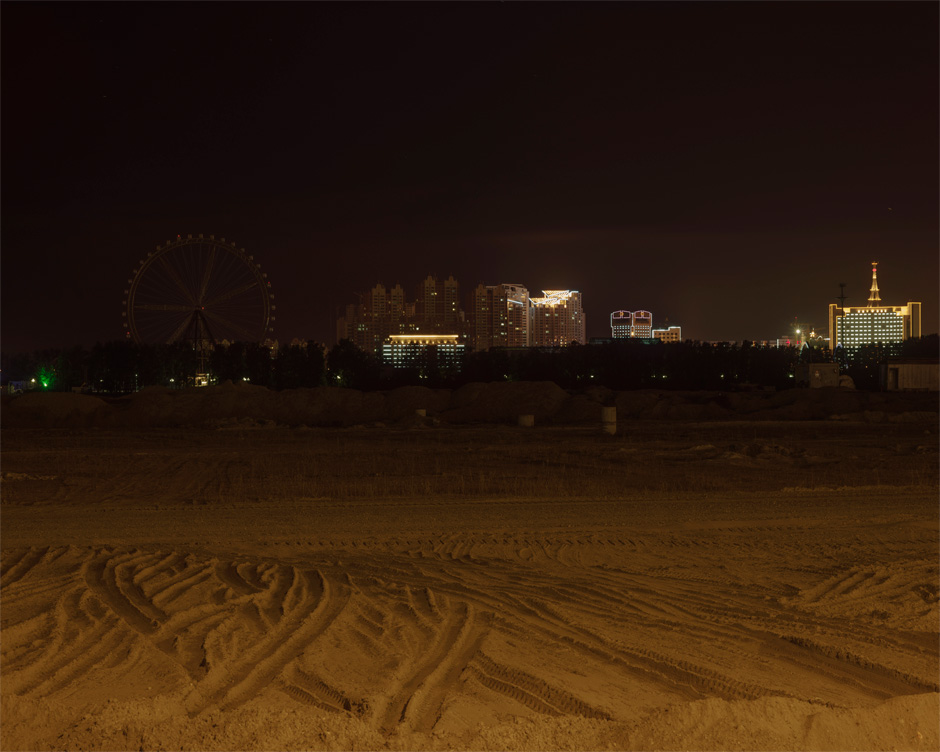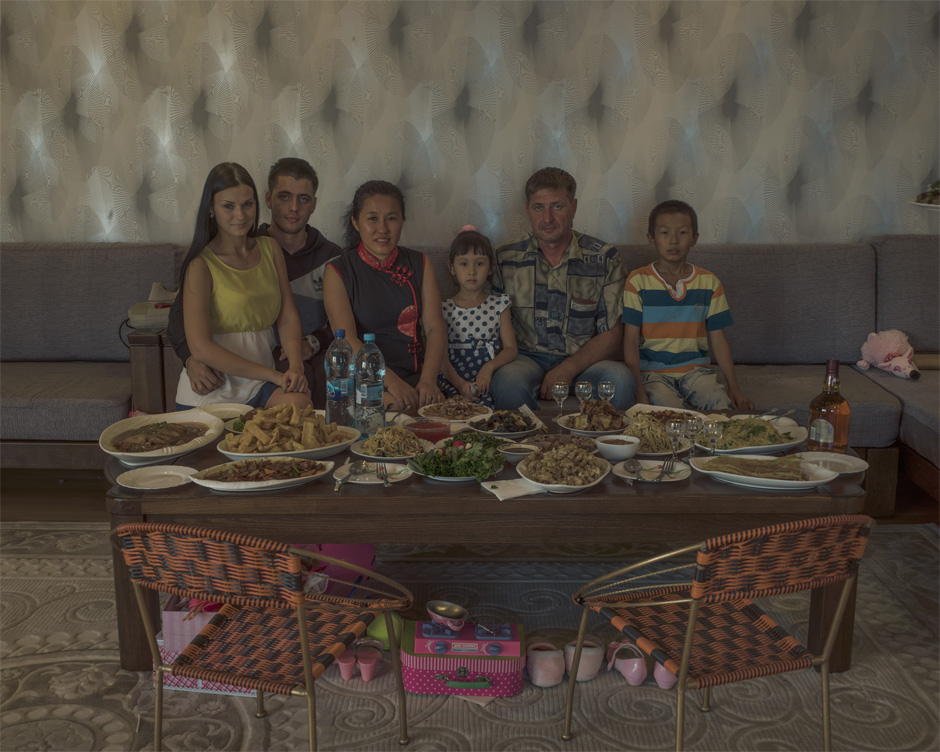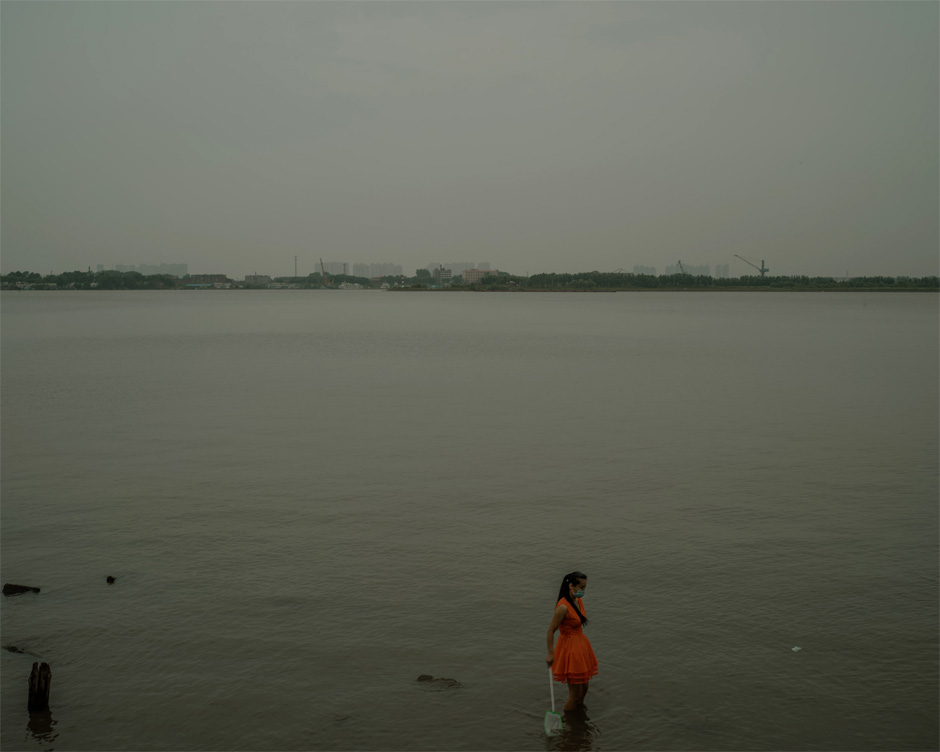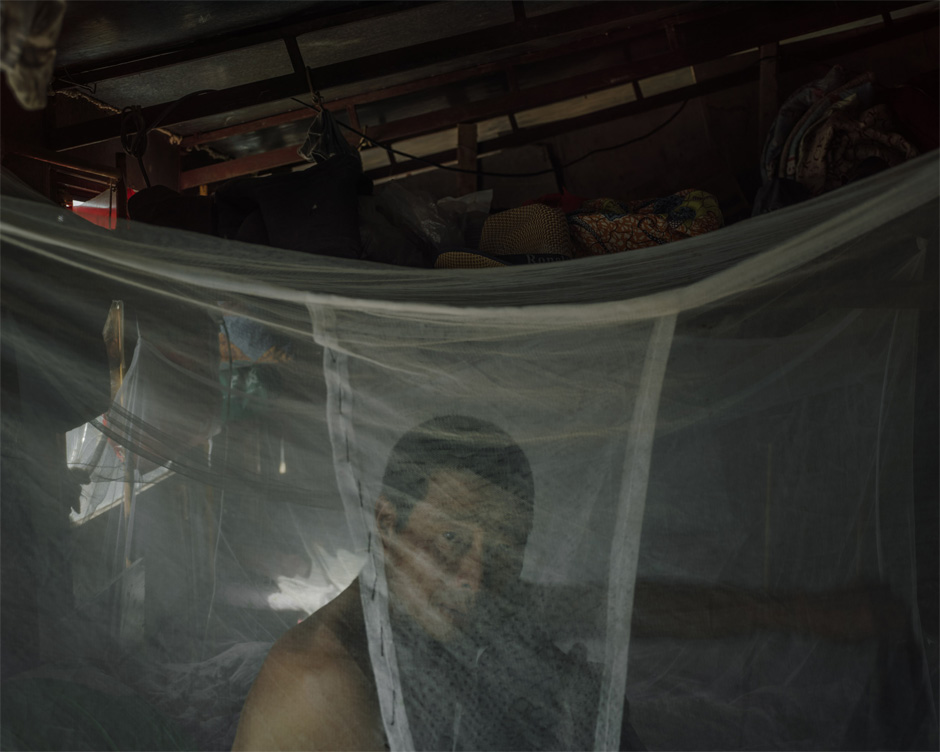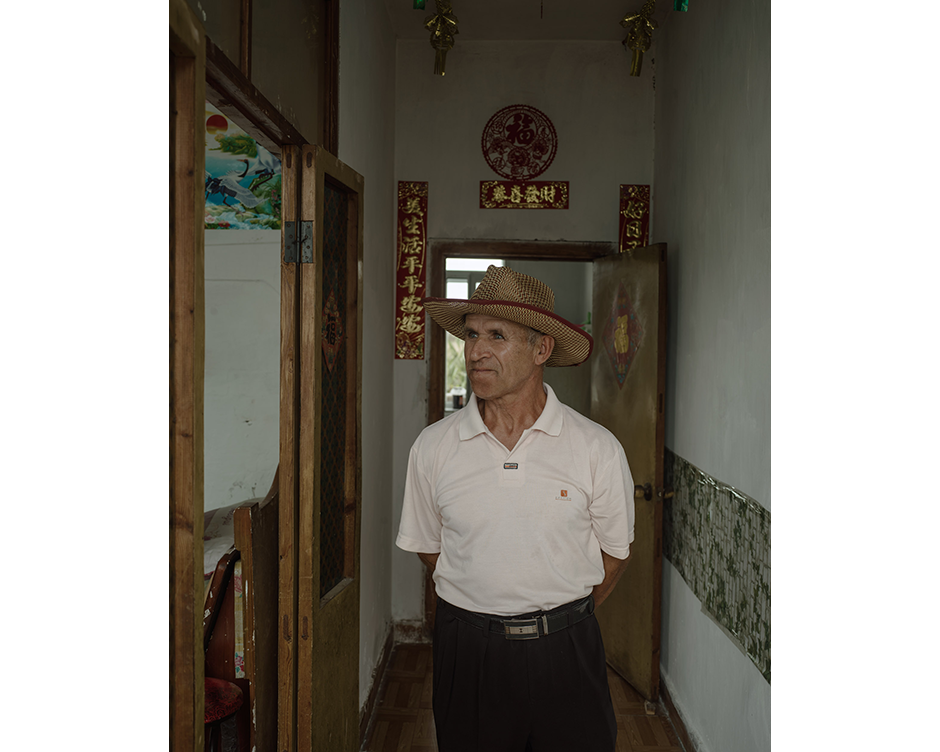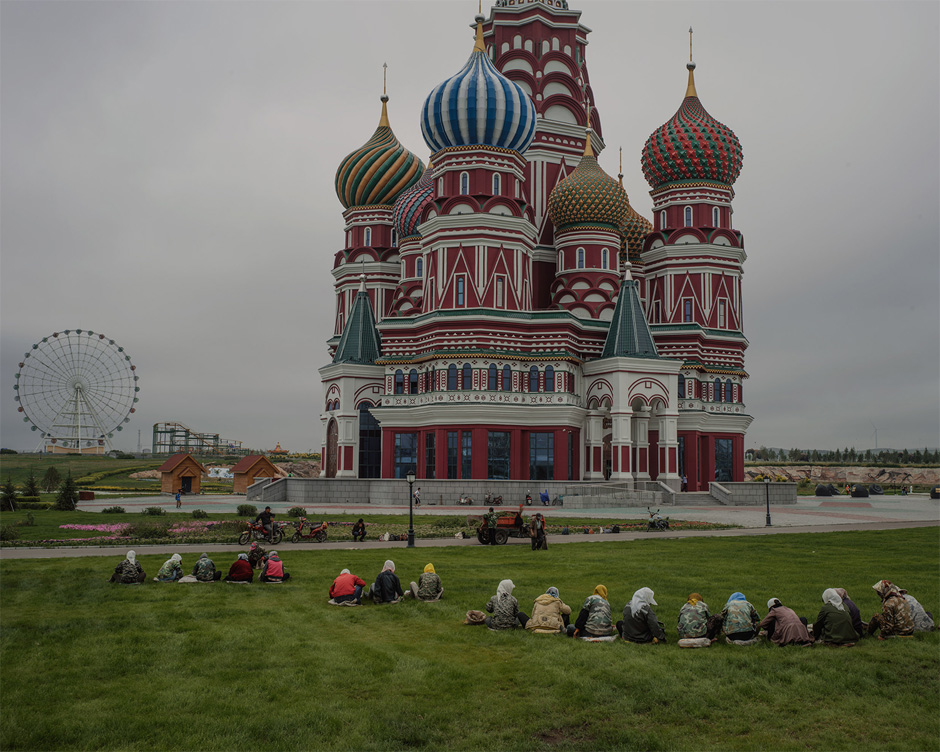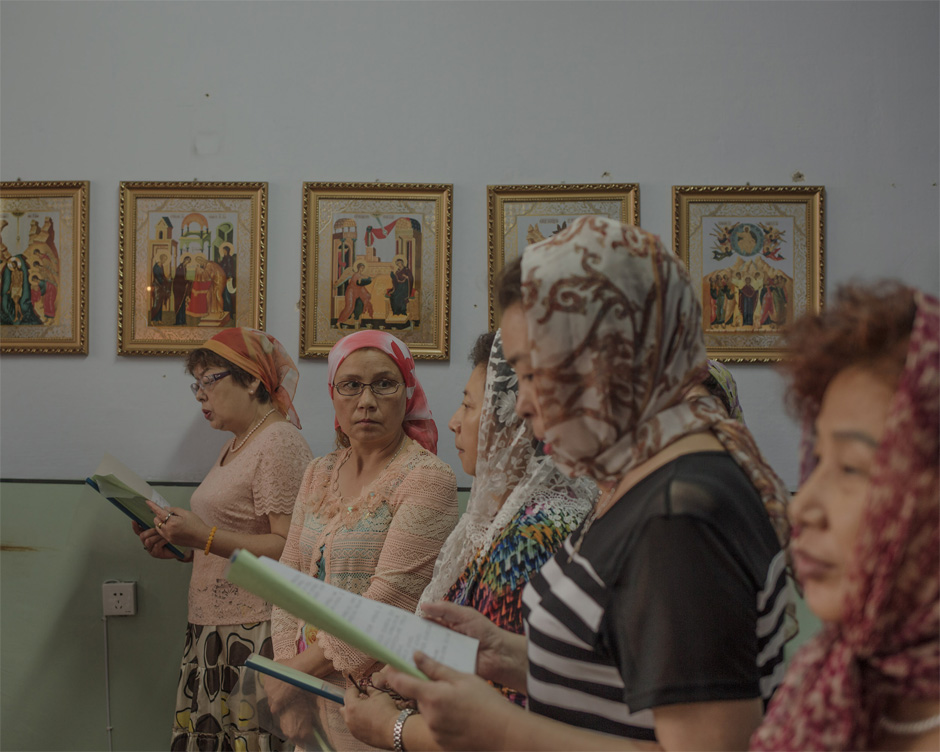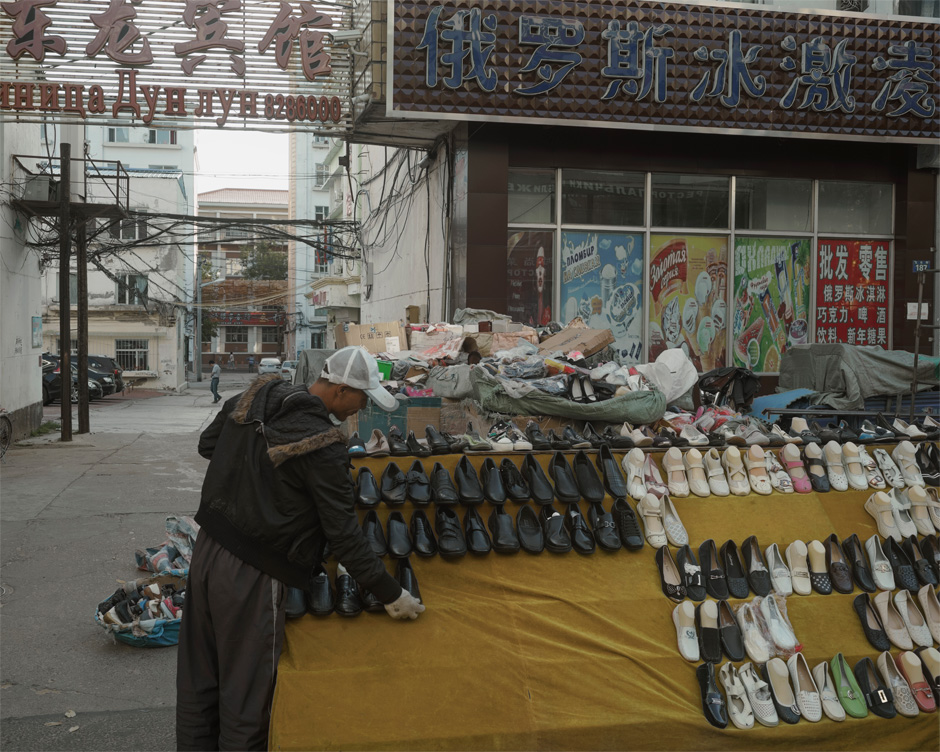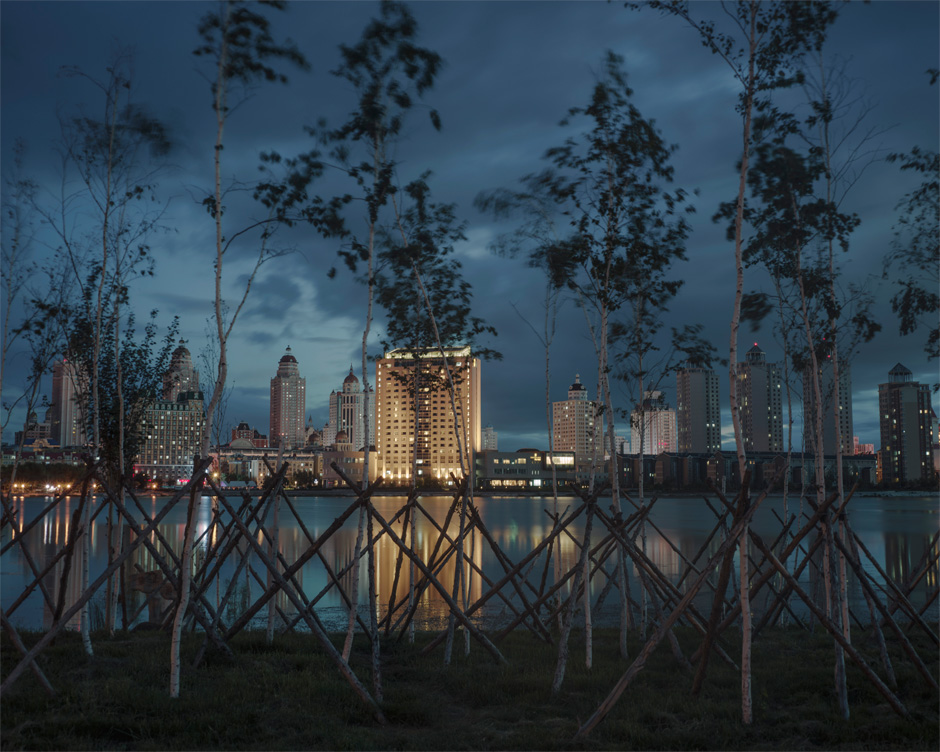People’s Friendship
A Photo Gallery from the Russia-China Border
Across the frozen Ussuri River that marked the boundary between China and Russia, two armies stared each other down. Soon they would clash, as they did almost every week, on the ice. The Chinese swung halberds and hooks; the Russians advanced like medieval knights with great spears, while others stood by to knock down with maces any Chinese warrior brave or lucky enough to make it through.
This was the winter of 1968, and far worse weapons were on hand, from the Type 56 rifles the Chinese carried to the tanks and BM-21s (mobile rocket launchers) in the Soviet camp to the missiles sitting in silos hundred of miles away, tipped with annihilating fire. But both the Soviet Army and the People’s Liberation Army were holding back, provoking and brawling with one another while under orders not to be the first to fire.
No war came. But fear of the Soviet Union lingered for years. In Tangshan in 1976, when the earthquake struck the city’s heart, survivors’ first thoughts were that the Russians had nuked them. The Chinese poured vast sums of money and arms into Afghanistan in the early 1980s, working alongside the Americans and the mujahedin to fill the secret flights back to the Soviet Union with the bodies of Russian boys every month.
Today, Moscow and Beijing are closer than they have been in nearly 70 years. Chinese media repeats the Russian nationalist narrative of events from Ukraine to Syria. A brief ambiguity over the annexation of Crimea ended up with the term “annexation” itself verboten, and the event instead referred to as “Crimea’s return to Russia,” or “the integration of Crimea into Russia,” echoing China’s revanchist ambitions in Taiwan and elsewhere. At Chinese conferences on topics from military to media, Russians are everywhere, far outnumbering Europeans or Americans. Russians are playing out China’s own patriotic fantasies; resistance to the West, reclamation of lost territories, the macho posturings of Vladimir Putin. The existing paranoia of the Chinese state about U.S. influence is being doubled by a steady drip of Russia’s conspiracy theories.
—From James Palmer’s “A People’s Friendship.” To read the full essay, click here.
Postcard
01.18.16